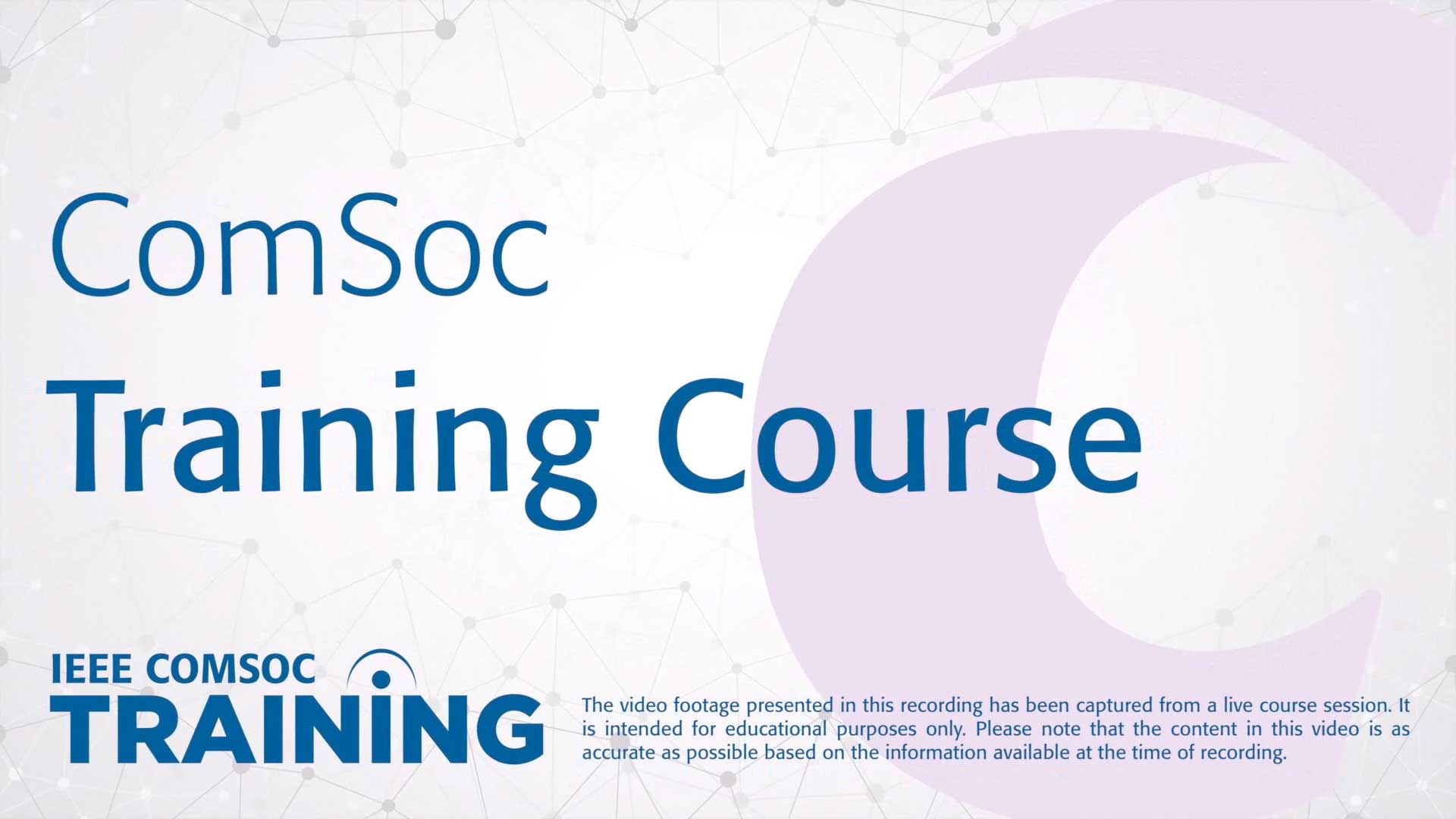
6G research is on the way, and one element in 6G is ‘new spectrum’ in order to be able to cope with the ever-increasing mobile data traffic. The visible light and infrared spectrum is 2600 times larger than the entire radio frequency spectrum. Visible light communications and LiFi are therefore, target technologies in 6G. Crucially, the optical spectrum already underpins our data backbone through the massive deployment of core and metro networks. Consequently, there are optical devices that are optimized for high-speed communications. Although the step of taking this spectrum into the wireless world seems straightforward and logical, there are a few fundamental challenges that need to be overcome. This course will describe these challenges and will offer solutions based on more than two decades of research in VLC, and even longer research in infrared optical wireless communications. We will go on to provide a general background to the subject of optical wireless communications, followed by a brief summary of the history of visible light communication VLC and wireless infrared (IR) communication. We will discuss the relationship between VLC and LiFi (light fidelity), introducing the major advantages of VLC and LiFi and discuss existing challenges. Recent key advancements in physical layer techniques that led to transmission speeds greater than 100 Gbps will be discussed. Moving on, we introduce channel modelling techniques, and show how this technology can be used to create fully-fledged cellular networks achieving orders of magnitude improvements of area spectral efficiency compared to current technologies. The challenges that arise from moving from a static point-to-point visible light link to a LiFi network that is capable of serving hundreds of mobile and fixed nodes will be discussed. We will also discuss the benefits of optical intelligent reflecting surfaces (IRSs). Finally, an overview of recent standardization activities will be provided given that a new LiFi standard, IEEE 802.11bb, is expected to be fully ratified by the end of 2022. Lastly, we will discuss commercialization challenges of this disruptive technology and provide results of pilot studies.
Please note that this is a recording of a course originally delivered on 25 May 2022. A certificate of completion or CEU certificate is not provided for viewing the recording of the course.


